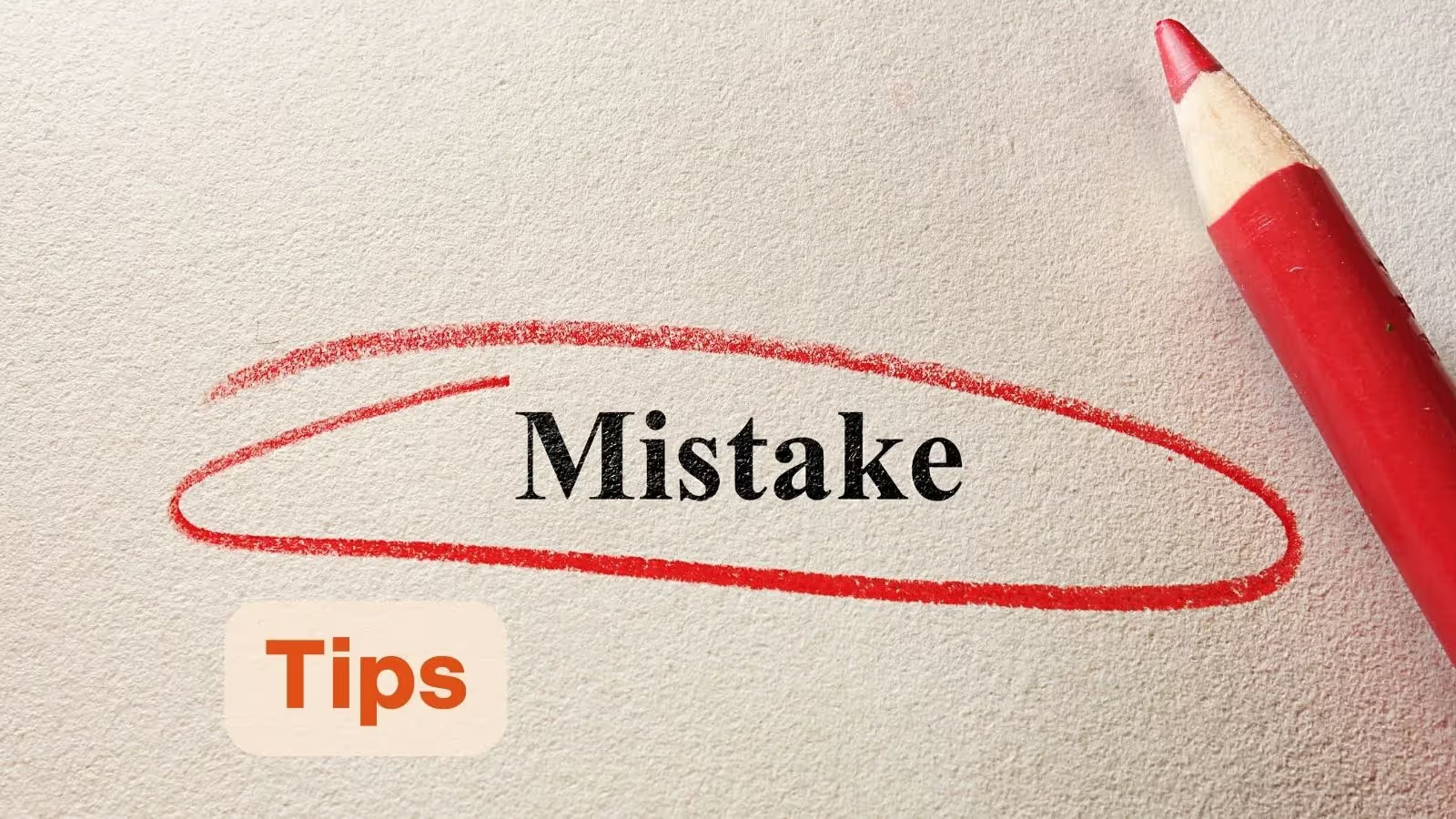
Murat Polat
Chief Engineer
The best requirements management you've ever had.
Intuitive to use
Reliable in results
Efficient in processes

TwinPeaks in Requirements Management: A New Look at Efficiency and Quality
2025-03-14
15
minutes reading time
.avif)
What is the TwinPeaks method?
The concept of the TwinPeaks method was first introduced by Bashar Nuseibeh in 2001. He emphasized that requirements and architecture are closely intertwined and should therefore not be considered separately. Traditional development models tend to create a complete requirements specification first and only then start planning the architecture. However, this sequential approach carries the risk that new technical constraints or changed business requirements may arise during the course of the project, resulting in considerable adaptation effort.
Instead, TwinPeaks follows a parallel and iterative approach in which requirements and architecture are developed together from the outset. This ensures that functional and technical aspects are always in harmony and can be continuously adapted to new findings. This not only reduces the risk of undesirable developments, but also improves coordination between all parties involved.
Advantages of the TwinPeaks method
Traditional development methods such as the waterfall model are often characterized by a strict separation of phases. Requirements are fully defined before the architecture and development work begins. However, this can lead to subsequent adjustments becoming very costly if technical challenges or changed customer requirements arise. The TwinPeaks method breaks down this rigid approach by promoting close integration between requirements and architecture. This has a number of decisive advantages.
Ensuring technical feasibility
One of the biggest challenges in product development is reconciling requirements and technical feasibility. Requirements are often defined on the basis of market or customer wishes without taking technical restrictions into account at an early stage. The TwinPeaks method ensures that technical feedback flows directly into the requirements process.
Why is this important?
- Requirements are formulated realistically and can be implemented efficiently using existing technologies or new innovations.
- Architectures are not overdimensioned or unnecessarily complex, but are specifically tailored to the actual requirements.
- Late correction loops, which cause high costs, are avoided.
Practical example (e-bike): A company is planning an e-bike with fast-charging technology that is supposed to fully charge the battery in 30 minutes. However, the engineering team points out early on that this would only be possible with very complex cooling due to the thermal limitations of the battery cells. Instead of working towards an unrealistic goal, the design is adapted at an early stage: A modular battery solution with replaceable batteries is considered so that users can simply swap a charged battery.
Targeted risk minimization
In traditional development, technical, economic or organizational risks often only arise late in the course of a project, when changes can only be made at great expense. The TwinPeaks method reduces these risks by making critical uncertainties visible in early development phases and solving them iteratively.
Which risks are minimized?
- Technical risks: Problems with performance, scalability or security are identified and resolved at an early stage.
- Economic risks: Costly rescheduling due to late detection of undesirable developments is avoided.
- Time risks: Project delays due to bottlenecks or unexpected technical challenges can be addressed at an early stage.
Practical example (e-bike): During the development of an e-bike with fast-charging technology, initial tests reveal that the housing material originally selected cannot withstand the battery heat. Thanks to the TwinPeaks method, the material is revised in the early prototyping phase instead of encountering a problem in series production.
Faster decision-making
Different departments - from product development to design and production - often work in isolation from each other, leading to misunderstandings, inefficient loops and undesirable developments.
TwinPeaks promotes continuous coordination between all relevant stakeholders and ensures faster, well-founded decisions.
Why does this improve the development process?
- Requirements and architecture are not isolated disciplines but are coordinated in a joint process.
- Conflicting or unrealistic requirements can be identified and adapted at an early stage.
- Faster and more informed decisions are made because everyone involved is continuously involved.
Practical example (e-bike): The product management team of an e-bike manufacturer is planning a particularly compact design to reduce weight. However, the engineers point out early on that smaller batteries would drastically reduce the range. A solution is found through regular meetings: An optimized frame enables ergonomic integration of a more powerful battery without drastically increasing the weight.
Implementation with RM tools
Successful implementation of the TwinPeaks method requires structured and transparent management of requirements and architecture decisions. As requirements and technical concepts are developed in parallel and continuously adapted, changes must be documented in a traceable and consistent manner at all times. Without a suitable tool, there is a risk of inconsistencies, loss of information or inefficient communication processes between those involved.
Modern requirements management software offers optimal support for this. It enables the seamless linking of requirements and architecture, ensures structured documentation and facilitates collaboration between different teams.
One of the most powerful solutions in this area is reqSuite® rm, software that has been specially developed for flexible and efficient requirements management. It supports the TwinPeaks methodology with a wide range of powerful functions:
Customized project templates
The TwinPeaks method requires a clear structure in order to develop requirements and architecture in a coordinated manner right from the start. With reqSuite® rm, companies can create project-specific templates that are aligned with the TwinPeaks methodology.
Benefits:
- Predefined categories and processes ensure uniform documentation of requirements and architecture.
- Links between requirements levels and architecture elements ensure that all aspects are taken into account in the development process.
- Automatic workflows help teams to implement the TwinPeaks process consistently and avoid duplication of work.
Example: A company developing an innovative e-bike with new battery technology can use reqSuite® rm to create a customized template that covers all relevant aspects, from user requirements and safety specifications to the technical architecture.
Structured requirements management
A central challenge in the TwinPeaks methodology is the simultaneous development and management of requirements and architecture. To maintain an overview, reqSuite® rm offers a structured and intuitive way to capture, categorize and link all relevant information.
Benefits:
- Centralized documentation ensures that all requirements and architecture decisions are available in one place.
- Hierarchical structuring helps to present complex relationships in an understandable way.
- Forms, attachments and links facilitate the management and traceability of changes.
Example: The development team of the e-bike project can systematically record all requirements - from battery capacities to frame materials - and link them to the respective technical implementations.
Linking and dependency management
In the TwinPeaks method, every technical decision is directly related to specific requirements. reqSuite® rm makes it possible to link requirements and architectural elements directly with each other so that dependencies remain transparent and traceable.
Benefits:
- Visual representations of dependencies show which requirements have which influence on architectural decisions.
- Automatic warnings provide information about the potential impact of changes on other system components.
- Better justification of technical decisions, as every architecture decision is linked to the underlying requirements.
Example: If the e-bike team realizes that the originally planned battery does not provide the desired range, the decision to adapt the architecture can be compared with the original requirements and justified.
Automated quality control and consistency
Due to the parallel development of requirements and architecture, inconsistencies and contradictory specifications can creep in. reqSuite® rm offers intelligent assistance functions that provide consistency checks and automatic optimization suggestions.
Benefits:
- Automatic detection of inconsistencies between requirements.
- Indication of missing, unclear or duplicate requirements to improve quality.
- Optimization suggestions to make formulations or technical specifications more precise.
Example: If a requirement specifies a minimum range of 100 km for the e-bike, but the current architecture only allows 80 km, the system can automatically issue a warning and suggest an adjustment.
Collaboration and change management
Requirements management is a dynamic process where new insights need to be continuously considered. reqSuite® rm provides a powerful environment for collaboration and efficient change management, allowing teams to understand how requirements evolve over time.
Benefits:
- Versioning and change tracking to understand what changes have been made and why.
- Notifications and comment functions facilitate coordination between teams.
- Automatic impact analysis to see which other requirements or architectural elements are affected by a change.
Example: If the marketing team of the e-bike project realizes that customers have higher requirements for battery life, the change of this requirement can be tracked in reqSuite® rm. All affected technical components (e.g., drive power, battery size) can be directly identified and adjusted.
Modern approaches
The TwinPeaks method is a pioneering alternative to traditional development models. By developing requirements and architecture in parallel and iteratively rather than separately, numerous challenges that arise in traditional approaches can be avoided. Companies benefit from better coordination between specialist departments and technology, early risk minimization, more efficient communication and ultimately higher product quality.
TwinPeaks proves to be an effective method for agile and sustainable product development, especially in dynamic markets where requirements change quickly or technical framework conditions evolve. Those who consistently pursue this approach can avoid costly misguided developments, accelerate innovation cycles and create customized solutions for customers.
However, for TwinPeaks to work successfully, it needs structured support from modern requirements management software. A solution such as reqSuite® rm makes it possible to seamlessly link requirements and architecture, efficiently manage changes and sustainably improve the quality of requirements management with automated checking mechanisms.
Would you like to find out how you can make optimum use of the TwinPeaks method in your company and how exactly reqSuite® rm can support you in this?
Arrange your non-binding initial consultation now.
Reference: Nuseibeh, B. (2001). "Weaving together requirements and architectures." IEEE Computer, 34(3), 115-117.
About the author

Murat Polat
Chief Engineer
Murat Polat has been with OSSENO Software GmbH for nearly four years, playing a key role in the further development of reqSuite® rm as Chief Engineer. With his expertise in software architecture and system development, he ensures that the software remains technologically up-to-date and integrates seamlessly into users’ workflows. His focus is on creating stable, high-performance, and user-friendly solutions that meet the needs of modern businesses.
Other interesting articles

Tech
8
minutes reading time
AI-Supported Assistance Functions in reqSuite® rm

Dr. Sebastian Adam
2025-01-06

Tech
8
minutes reading time
Automatic Review of Requirements: Quality Assurance in Requirements Engineering

Neele Borkowsky
2024-11-25

Tips
10
minutes reading time
5 Mistakes with Which You Screw Up Every Purchase of a Requirements Management Tool

Dr. Sebastian Adam
2024-06-13

Tips
10
min. reading time
What is the Alternative? – An Analogy

Dr. Sebastian Adam
2025-10-28

Company
5
min. reading time
OSSENO becomes part of the PeakAvenue Group

Neele Borkowsky
2025-10-01
.avif)
Tips
9
min. reading time
Why External Consultants Rarely Find the Right RM Tool and How to Do It Better

Dr. Sebastian Adam
2025-09-11











